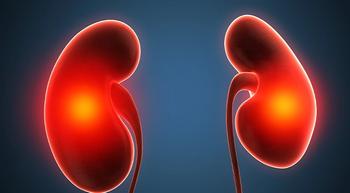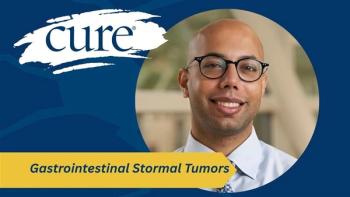
Chronic Opioid Use Higher Among Patients Who Receive Invasive Lung Cancer Surgery
Long-term opioid use is more prevalent among patients treated with invasive surgical techniques for early-stage non-small cell lung cancer than those who undergo minimally-invasive surgery.
Long-term opioid use is more prevalent among patients treated with invasive surgical techniques for early-stage non-small cell lung cancer than those who undergo minimally-invasive surgery, according to study findings published in JAMA Oncology.
Researchers from Mount Sinai in New York City examined 3,900 patients with stage 1 disease who either underwent video-assisted thoracoscopic surgery (1,987 patients) or traditional open surgery (1,913 patients).
“The traditional approach is open thoracotomy,” said Emanuela Taioli, M.D., Ph.D., director of the Institute for Translational Epidemiology and professor of thoracic surgery and of population health science and policy at the Icahn School of Medicine at Mount Sinai. “Some surgeons learn to do a less invasive procedure — the video-assisted thoracoscopic surgery — which is a small cut in between the ribs and then (the surgeon) goes in with specific equipment that takes the tumor and piece of lung that is necessary out.”
However, the procedure comes with two hurdles: cost and training. The equipment is expensive and must be available at the hospital, says Taioli, and surgeons must know how to perform the video-assisted thoracoscopic surgery.
In the study, the researchers hypothesized that the more invasive the surgery, the more the patient has a
Opioid use was examined one month before surgery and none of the patients had a previous history. At discharge, 70.9 percent (2,766 patients) were given an opioid prescription for post-surgery pain. The study findings showed that 15.5 percent (603 patients) became chronic opioid users — using them six months after surgery.
“These were new people who had been exposed to opioids to control their pain,” said Taioli.
“Even if this is because of chronic pain, opioids are not supposed to be the treatment for that. Opioids should be used for acute relief of pain after surgery.”
Chronic use was more likely if patients had a higher comorbidity score, used sleep medication 30 days before surgery and had a previous psychiatric condition. Patients were significantly less likely to fill opioid prescriptions immediately after surgery and in the long-term if they had video-assisted thoracoscopic surgery, were older and had higher income.
To help mitigate the problem, doctors should try to use the least invasive surgery possible, Taioli recommended. “There is still a lot of debate about the use of less invasive surgery,” she said. “Not all surgeons are convinced that the outcomes are the same in terms of cancer control, but if we add the information that less invasive surgery may also be less of a chance to become chronic opioid users, I think it’s a good piece for information when someone has to make a decision in which direction to go.”
Communication should also be part of the follow-up — not only for doctors but patients too. “Patients should make sure to discuss their pain and side effects from surgery with their doctor,” Taioli said. “Some patients think this isn’t an important piece of information, that only the tumor and treatment are the main focus of the doctor, but this is important as well.”





